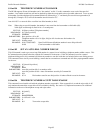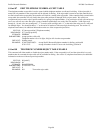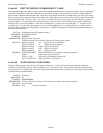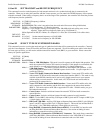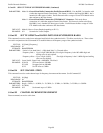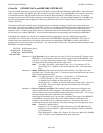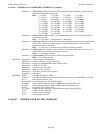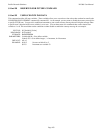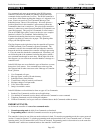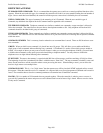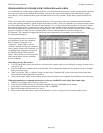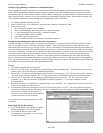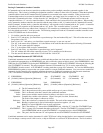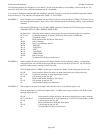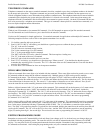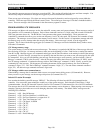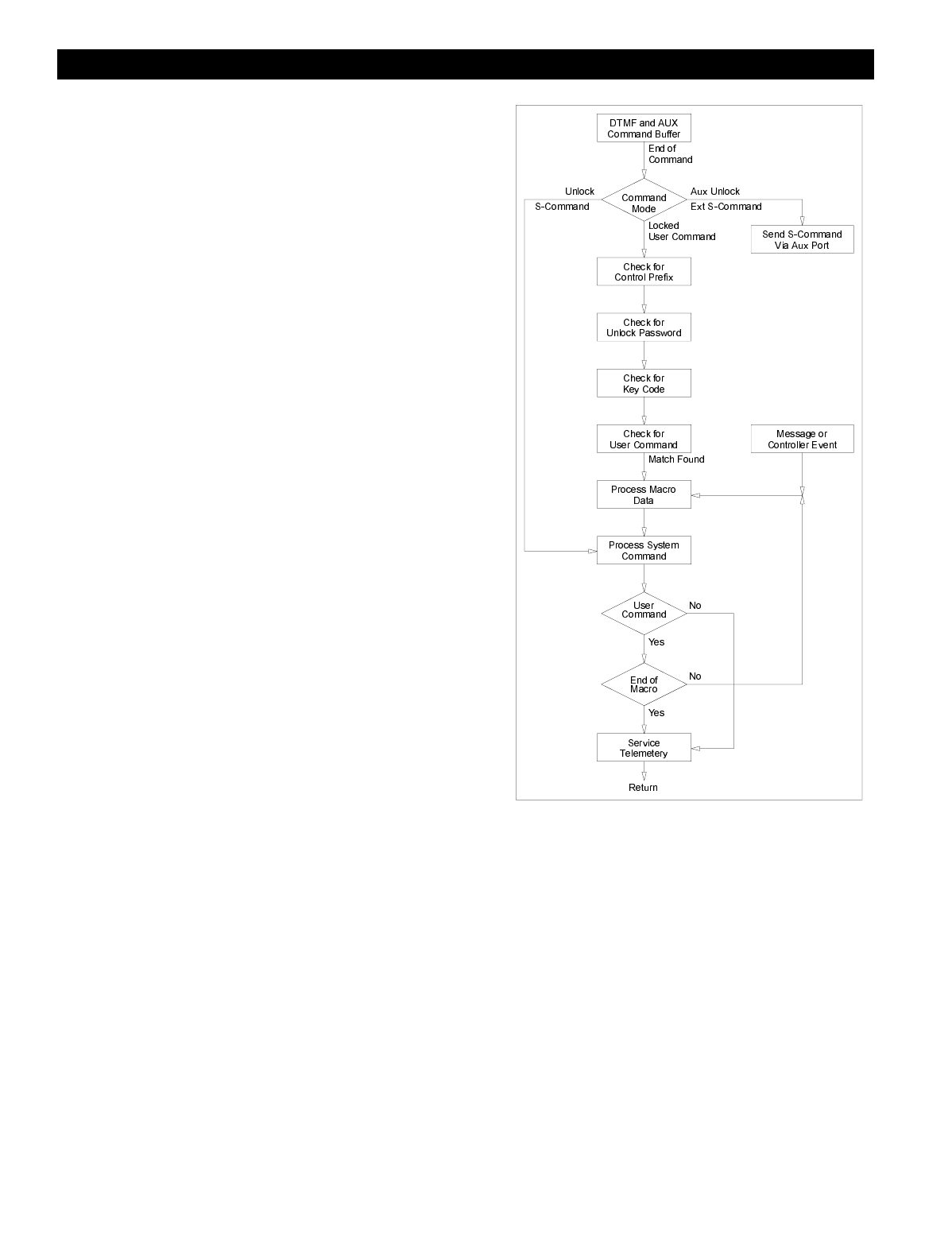
Pacific Research Solutions RI-300e User Manual
Page 103
SECTION 13 USER COMMANDS and MACROS
User commands and macro programming in the RI-300 repeater
controller is the means by which you generate custom and secure
commands for the repeater users to access. The RI-300 controller is
event driven, which means anything that changes or is triggered, is an
event. Events can consist of User Commands, Messages, and
Scheduled events, Timers, Calls and Jumps. All events point to a
position (Start Line) in the controller’s macro memory where the
command for that event is carried out. This place in the controller’s
memory is where one or more System Commands (S-Commands) are
stored and executed. This group of S-Commands is called a macro.
The set of DTMF digits sent by a user over the air to run a complex
function is called a User Command. Before building User
Commands and entering data into macro memory, layout and
organize everything you want to do on paper. This planning effort
will pay off with superior results.
The flow diagram on the right shows how the controller will process
a DTMF command (User Command or System Command). The
command is stored in the command buffer and when the controller
detects the end of the command, the controller will begin processing
it. First, the controller checks the command mode. From there, you
can follow the path of the command, including the point at which a
user command runs through its macro data. On the right side of the
flow diagram, you can see how the controller handles a message or a
controller event.
In the RI-300, there are seven distinctive types of functions or events
that point to (call) macros. User commands start at the top of the
flow diagram and all other events start at the “Message or Controller
Event” position.
1. User Commands, all types.
2. Message Events, courtesy, ID and telemetry.
3. Scheduled Events, date and time.
4. Timed Events, delayed, inactivity and interval.
5. Bit Input, change of an input status.
6. Calls, from within a macro.
7. Jumps, from within a macro.
In the RI-300 there are four distinctive forms or types of User Commands.
1. Standard User Commands, used for most all applications.
2. User defined S-Commands, used to directly rename an S-Command as a user command.
3. Telephone Commands, used for dialing the telephone.
4. Wildcard Commands, used to pass extra user command data to the S-Commands within the macro.
IMPORTANT NOTE:
At all times the controller is in
one of two command modes
:
1.
Normal operating mode
in which User Commands are functional.
2.
Programming mode
in which S-Commands are used to set up the repeater.
The controller is always in one of the two modes and never in both. To enter the programming mode, the correct password
(section 11) must be executed. To exit the programming mode and return back to the “User Command mode” or “Normal
operating mode”, the S-Command 69 0 or 69 1 must be executed. Programming mode is often referred to as the controller
“unlocked mode” and the user command mode as the controller “locked mode”



